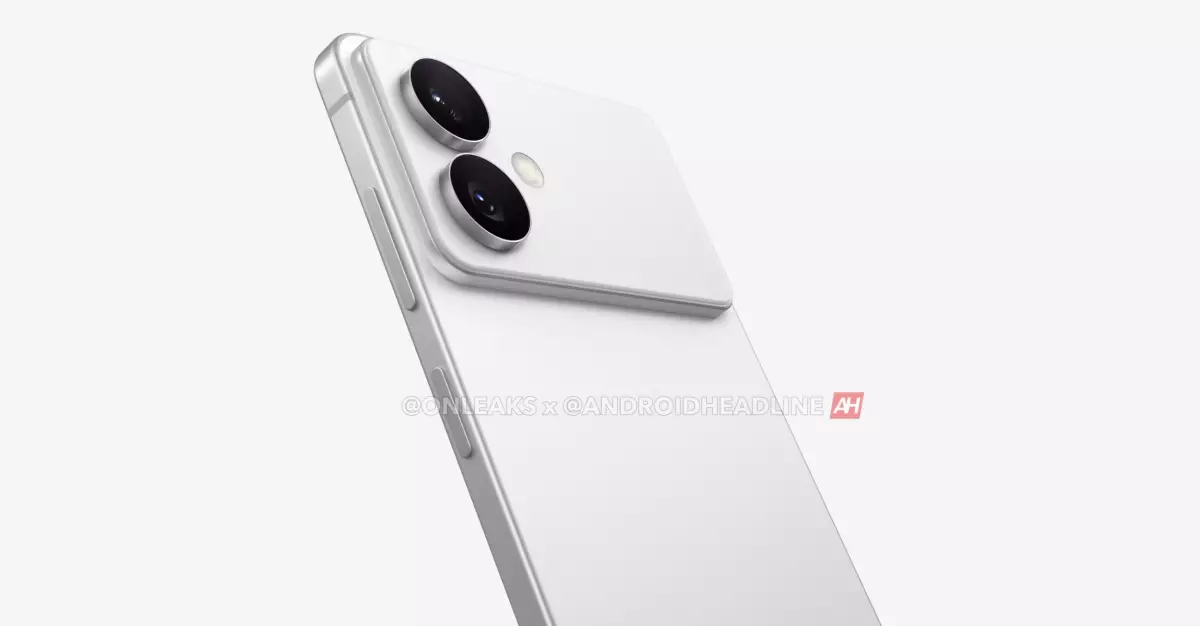The recent leak of the Samsung Galaxy S26 Edge provides a compelling glimpse into the future of flagship smartphones, challenging traditional design paradigms and signaling a shift towards sleek minimalism. By drawing parallels to the iPhone 17 Pro’s anticipated look, Samsung seems to be embracing a more refined and sophisticated aesthetic, one that prioritizes slimness and visual harmony. However, this move also raises questions about originality and brand identity—are we witnessing genuine innovation, or is the industry just echoing a familiar silhouette? It’s undeniable that consumers crave elegance, but the risk lies in creating devices that look alike rather than stand apart. Still, Samsung’s decision to adopt a thinner profile and a cleaner rear design demonstrates its commitment to evolving aesthetic standards, possibly setting new benchmarks for premium craftsmanship.
Design Cues: From Imitation to Inspiration
The resemblance of the S26 Edge’s rear camera bar to that of upcoming iPhone models is a double-edged sword. On one hand, it signals a willingness to adopt trends that resonate with consumers—such as slim bezels and integrated camera layouts that emphasize a seamless visual flow. On the other hand, it sparks a debate about innovation appropriateness. For years, Samsung has been a trendsetter in the industry, pioneering curved displays and edge-to-edge screens. Now, it appears to be treading a more conservative path, aligning with what Apple and Google are already implementing. While some see this as strategic rationality—adapting successful design elements—others regard it as a sign of creative stagnation. The challenge for Samsung will be to combine these sleek designs with out-of-the-box features, ensuring their devices aren’t just prettier but also smarter.
Technological Advancements and User Experience
Beyond aesthetics, the rumored advancements in the Galaxy S26 Edge’s technology suggest Samsung’s focus on improving user experience. The potential inclusion of built-in magnets for Qi2 wireless charging indicates a move toward universal convenience, echoing innovations introduced by Apple with MagSafe. The ultra-thin profile—just 5.5mm—promises to deliver a device that is easier to handle yet packed with power. This prioritization of form factor over bulk could redefine what consumers expect from flagship smartphones. Additionally, the disappearance of the bulky camera modules, replaced by a more integrated and streamlined camera bar, could make the device’s overall look less cluttered and more sophisticated. As Samsung pushes towards thinner, more elegant devices, the challenge will be to ensure that durability, battery life, and camera performance aren’t compromised in the pursuit of style.
Forward-Looking Implications for the Industry
The release of the S26 Edge hints at a broader industry trend—prioritizing design minimalism and user-centric features in premium smartphones. Samsung’s willingness to mimic certain stylistic elements might signal that the race for innovation is shifting from radical redesigns to subtle refinements that appeal to aesthetic sensibilities. The anticipation surrounding the device also suggests that major players are seeking to balance their competitive edge with visual and technological harmony. Whether this results in an influx of devices with similar sleek profiles remains to be seen, but it’s clear that the boundaries between brands are blurring. For consumers, this could mean more refined choices, but for manufacturers, it underscores the importance of striking a balance between trend adoption and distinctive innovation. Samsung’s gamble on elegance and slimness could either set a new standard or risk becoming just another iteration of the industry’s ongoing visual evolution.


Leave a Reply